December is the last month of the year. In the northern hemisphere Winter really begins this month. Many birds have left for warmer climates and many animals are hibernating, or if not, they are much less active. The Winter Solstice (Dec. 21st) marks the first day of Winter. This is one of the oldest celebrations in the world. It is a celebration of the shortest day and longest night of the year.
Feeding the birds:
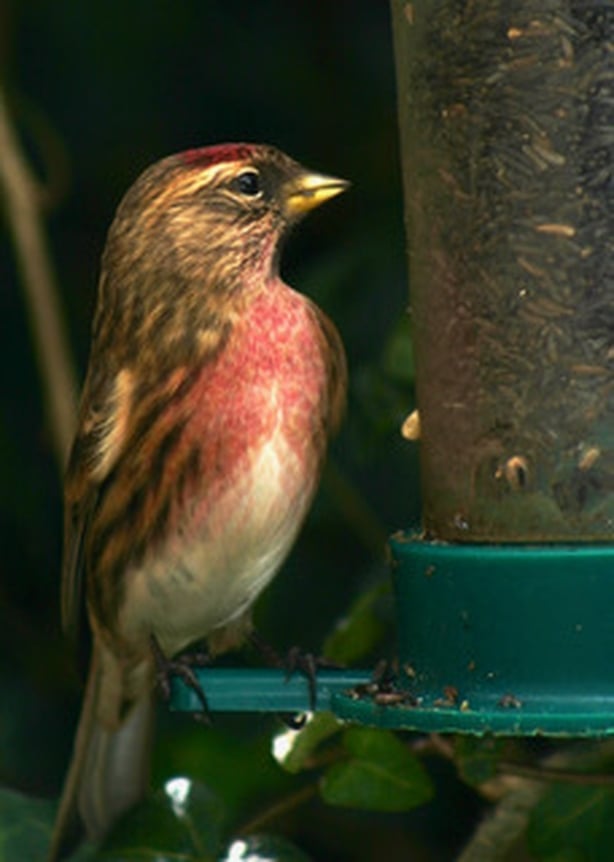
Remember to keep feeding the birds in your garden, and don't be surprised if you attract some strange or unexpected visitors, especially as the hard cold winter sets in. Last winter some redpoll visited the garden and fed from the peanut holders. A joy to watch. Click here to learn more about garden birds. (Link to Jim Wilson’s Garden Birds)#
Swans:
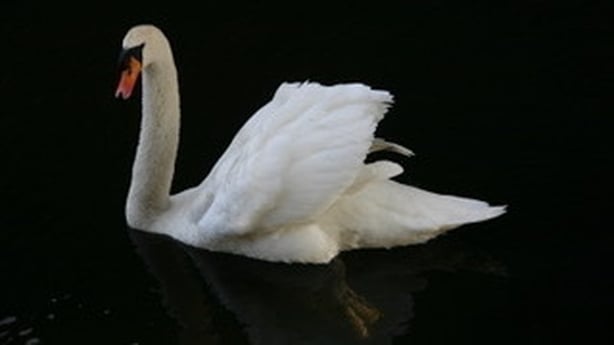
Apart from feeding birds in the garden, why not visit the birds in their own habitatt and feed them there. Every winter, especially during a cold snap I head off to the Grand Canal in Dublin to feed the swans. Collect all that stale bread and pay them a visit. Late every autumn, a flock forms here and they are very popular with local residents who feed them. In excess of 50 swans can be seen at times, along with various gulls, all competing for your food at this time of year. So don’t just throw away all that unused food. Collect it, and when the weather gets really cold, head off to your nearest canal or pond and put it to good use. You’ll be amazed at how it will be appreciated by the birds.
Black-headed gull:
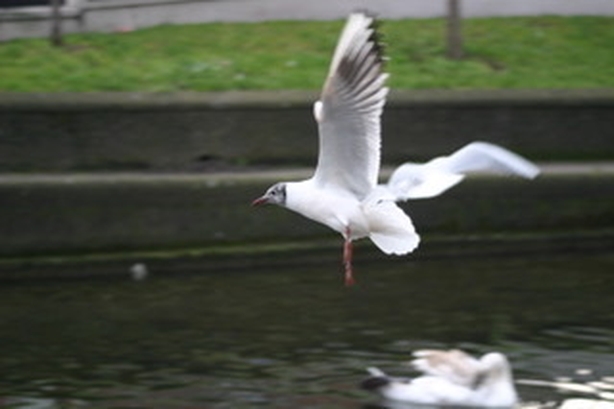
A regular visitor to the Grand Canal is the black-headed gull, a small pretty gull. But at this time of year, it has lost its black head, with just a small dark ear spot left. At this time of year, their numbers increase with an influx of birds from Britain and the continent. They are very acrobatic flyers and will readily take food if its on offer.
Mistletoe:
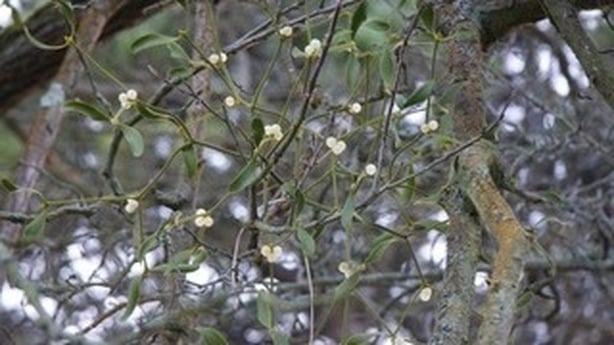
Mistletoe is a parasitic plant that grows on trees. As it grows , it sends out its roots right into the tree's bark and takes nutrients from the tree. Sometimes, mistletoe can harm a tree and cause deformities in a tree's branches, but usually it doesn't kill its host. If the host dies, the mistletoe dies.
Mistletoe got its name in the second century, from the Anglo-Saxons. "Mistel" is the word for "dung," and "tan" is the word for "twig" -- misteltan is the Old English version of mistletoe, and this name tells us that mistletoe is named after bird droppings on a branch. One of the beliefs in the early centuries was that mistletoe grew from birds. People used to believe that, rather than just passing through birds in the form of seeds, the mistletoe plant was an inherent result of birds landing in ¡the branches of trees.
Mistletoe decorates many homes at Christmas. In Scandinavia, Mistletoe was considered the plant of Peace. If enemies met under it, they declared a peace for the day. Perhaps this is the origin of the present custom of kissing whoever stands beneath a sprig of Mistletoe.
The correct mistletoe etiquette is for the man to remove one berry when he kisses a woman. When all the berries are gone, there is no more kissing underneath that plant. It is believed that an unmarried woman not kissed under the mistletoe will remain single for another year.
The Christmas Tree:
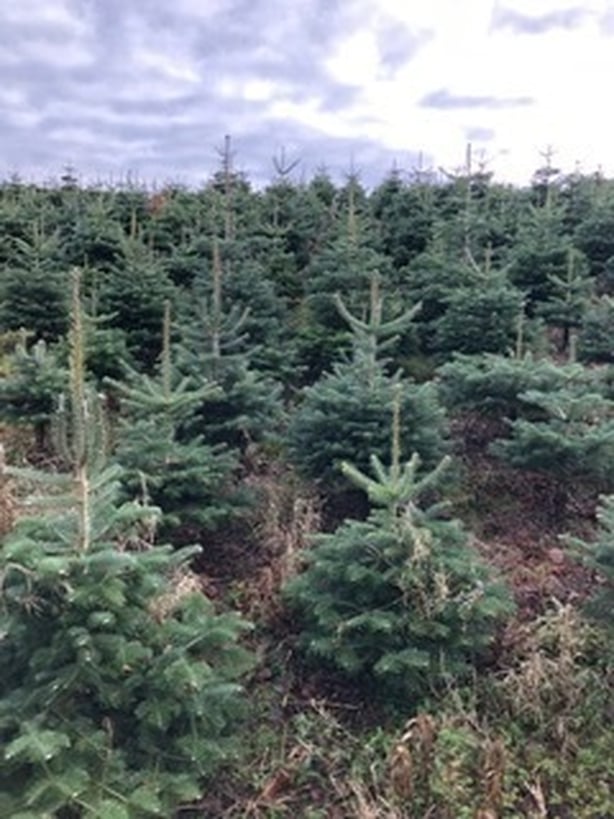
About 1200 years ago, an English Missionary named Winfrid, travelled through Northern Germany. One day, he met a group of Druids at an old Oak tree. The Druids were about to sacrifice Prince Aslof to the God Thor, to whom the Oak was sacred. Winfrid stopped the ceremony and cut down the "Bloody Oak" as he called it.
A young Fir tree immediately appeared where the Oak had stood. Winfrid told the Druids that the Fir was to be their new Holy tree. He said that it’s wood provided homes for them and it was the tree of Peace and the tree of Christ.
Take a walk through a local coniferous forest plantation and you have a chance of seeing the Red Squirrel. It lives in mature conifer forests of any species, but it does best where the dominant tree bis Scots Pine. A good place to view red squirrels in the Dublin area is on Dalkey Hill.
The Robin:
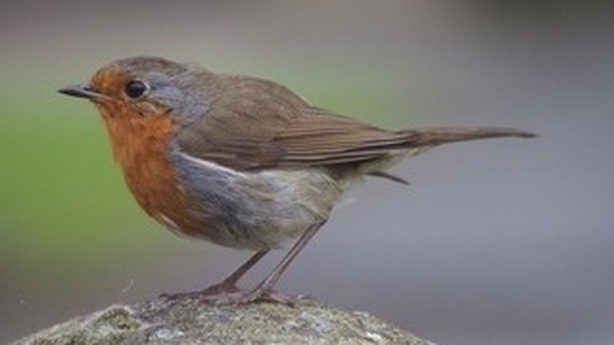
The Robin, and not the Turkey is THE real Christmas bird. It is a much loved bird and is steeped in folklore. Traditionally the Robin is married to the Wren - "The robin and wren are God’s Almighty cock and hen".
The robin has long been associated with Christmas and this tradition dates back to the Victorians. The robin is also considered a religious with the belief that its red breast is due to Christ’s blood falling on it as the bird tried to remove the thorns from Christ’s head.
At this time of year, robins will regularly visit your garden for food. They will feed almost entirely on the ground and not the peanut holder. Their favourite food is mealworms.
The Wren:
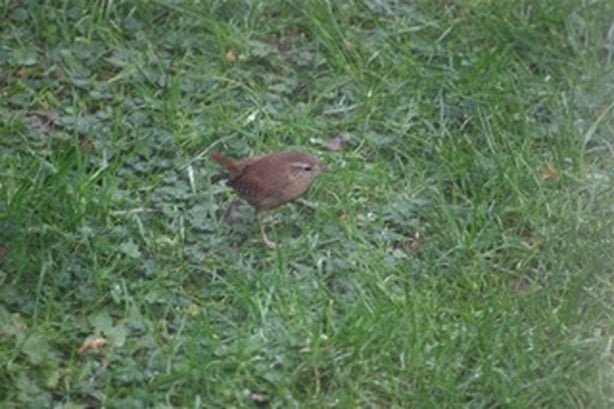
St. Stephen's day is long associated with the Wren, Ireland’s second smallest bird. In olden days, our ancestors trapped the wren on this day as they believed him to be a traitor. Story has it that in ancient times, during a battle between the Irish and a foreign army, the wren hopped on to the drum of the enemy while they were asleep and a surprise ambush by the Irish was averted because the drummer and his fellow soldiers woke up in time.
Tradition had it that on St. Stephen’s Day, wrens were killed and carried around the locality in a bush of holly and rhymes were chanted as the young boys and girls visited every house in the area to collect coppers (pennies) to bury the wren. Although this tradition still lives on thru’out the country, thankfully, wrens are no longer sacrificed.
Holly:
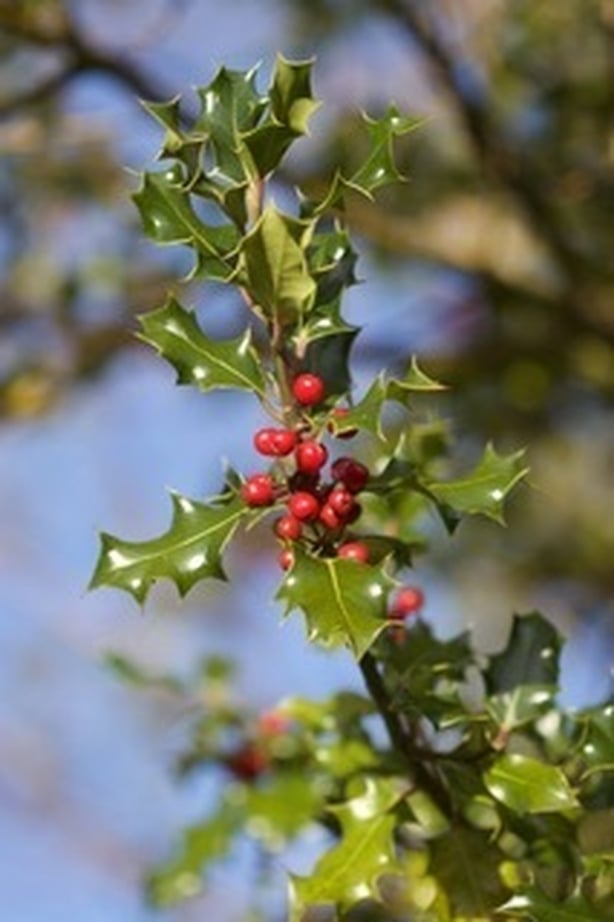
The holly is the other plant closely associated with the month of December. Holly gets its name from "Holy" and it was always considered unlucky to bring holly into the house before Christmas Eve. Holly symbolises the crucifixion. The thorns on the leaves represent Christ’s crown of thorns and the red berries represent the drops of blood that he shed.
Holly plants are either male or female. If you want a fruiting holly tree in your garden, make sure you plant two shrubs close beside each other and make sure one is male and the other is female!
Winter walks:
This is a great time of year to get out for a walk. On a clear cold day, wrap up well and get out for an hour or so. With most of the foliage now gone its so much easier to see the birds on the trees. And nothing like a brisk walk to get up an appetite!
One animal you might come across during the month of December, especially if the weather is mild, is the Grey Squirrel. A walk through a park or woodland can often be brightened up by a squirrel out foraging for nuts stored during the autumn. The squirrell is active by day and generally easy to spot. Also watch out for courting rituals this month, especially males chasing after females especially through the trees.
